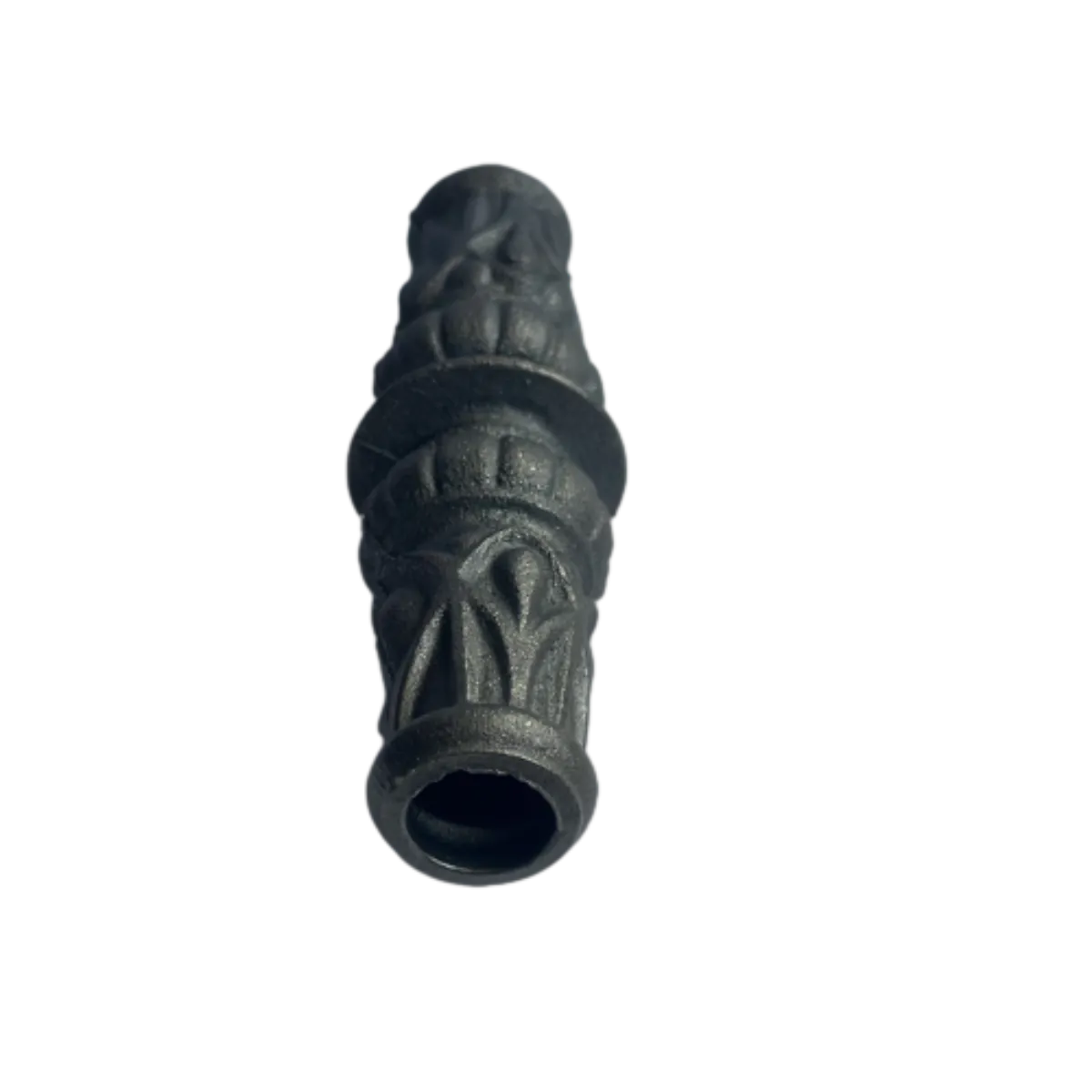how is wrought iron produced
Wrought iron is a high-quality iron alloy known for its malleability, ductility, and resistance to corrosion. Its production process has evolved over centuries and continues to showcase traditional methods alongside modern innovations. The primary source of wrought iron is pig iron, which is obtained from smelting iron ore in a blast furnace. However, the transition from pig iron to wrought iron requires careful control of the production process.
The production of wrought iron begins with the smelting of iron ore, where a mixture of iron oxides, typically hematite or magnetite, is heated in the presence of carbon, usually in the form of coke. This process removes oxygen from the iron ore and produces pig iron. Pig iron is brittle and high in carbon content, which makes it unsuitable for most applications.
To transform pig iron into wrought iron, a process called decarburization is employed. This involves heating the pig iron in a forge or bloomery, which is a type of furnace that allows for air flow. During this heating phase, the carbon content is gradually reduced by burning it off, resulting in a much purer form of iron. The objective is to achieve a carbon content of around 0.1% to 0.3%, significantly lower than that of pig iron.
Once the appropriate carbon level is reached, the wrought iron is worked while still hot. This part of the process is crucial and is often referred to as “wroughting.” Blacksmiths use hammers, anvils, and specialized tools to shape the iron into various forms. This mechanical working not only shapes the metal but also aligns its internal structure, enhancing its strength and malleability.
how is wrought iron produced

An important characteristic of wrought iron is the presence of slag, a glassy byproduct of the smelting process. During wroughting, residual slag is worked into the iron, creating a fibrous structure. This not only improves the overall toughness and flexibility of the metal but also makes it more resistant to corrosion compared to other types of iron.
Modern methods of producing wrought iron often involve the use of electric furnaces, which allow for more precise control over the temperature and atmosphere, minimizing impurities and enhancing the quality of the final product. However, traditional methods are still valued for their ability to produce wrought iron with unique characteristics valuable for artisanal, decorative, and structural applications.
In summary, the production of wrought iron is a meticulous process that transforms pig iron through decarburization and skilled craftsmanship
. The result is a versatile material that has been cherished for its beauty and strength throughout history.-
Wrought Iron Components: Timeless Elegance and Structural StrengthNewsJul.28,2025
-
Window Hardware Essentials: Rollers, Handles, and Locking SolutionsNewsJul.28,2025
-
Small Agricultural Processing Machines: Corn Threshers, Cassava Chippers, Grain Peelers & Chaff CuttersNewsJul.28,2025
-
Sliding Rollers: Smooth, Silent, and Built to LastNewsJul.28,2025
-
Cast Iron Stoves: Timeless Heating with Modern EfficiencyNewsJul.28,2025
-
Cast Iron Pipe and Fitting: Durable, Fire-Resistant Solutions for Plumbing and DrainageNewsJul.28,2025
-
 Wrought Iron Components: Timeless Elegance and Structural StrengthJul-28-2025Wrought Iron Components: Timeless Elegance and Structural Strength
Wrought Iron Components: Timeless Elegance and Structural StrengthJul-28-2025Wrought Iron Components: Timeless Elegance and Structural Strength -
 Window Hardware Essentials: Rollers, Handles, and Locking SolutionsJul-28-2025Window Hardware Essentials: Rollers, Handles, and Locking Solutions
Window Hardware Essentials: Rollers, Handles, and Locking SolutionsJul-28-2025Window Hardware Essentials: Rollers, Handles, and Locking Solutions -
 Small Agricultural Processing Machines: Corn Threshers, Cassava Chippers, Grain Peelers & Chaff CuttersJul-28-2025Small Agricultural Processing Machines: Corn Threshers, Cassava Chippers, Grain Peelers & Chaff Cutters
Small Agricultural Processing Machines: Corn Threshers, Cassava Chippers, Grain Peelers & Chaff CuttersJul-28-2025Small Agricultural Processing Machines: Corn Threshers, Cassava Chippers, Grain Peelers & Chaff Cutters












